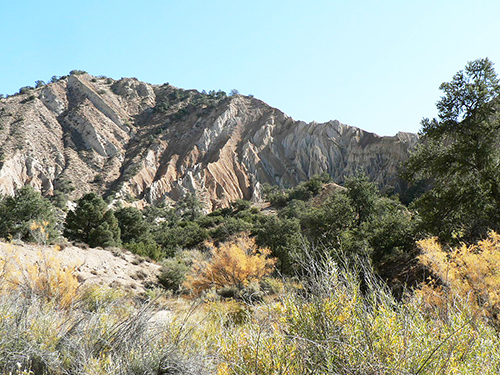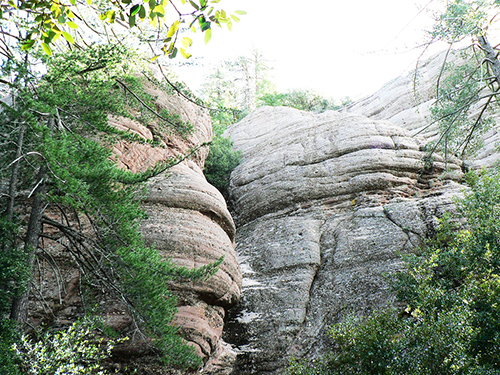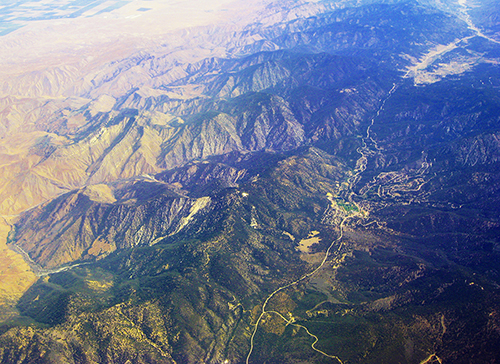This week, the U.S. Forest Service finalized amendments to the management plan for the Los Padres National Forest. The amendments reject any new wilderness protections for the Los Padres National Forest and outline a slew of development activities that will be allowed in sixteen roadless areas spanning 421,000 acres in the Los Padres National Forest in Santa Barbara, Ventura, Kern, and San Luis Obispo counties.

Sawmill-Badlands Inventoried Roadless Area; image courtesy Craig R. Carey
Despite widespread public support for more wilderness protections in the Los Padres National Forest, the decision does not protect any new wilderness areas here – in stark contrast to the other three national forests in southern California, where the amendments include new recommendations to designate 86,583 acres as wilderness.
The decision comes less than one month after Regional Forester Randy Moore – the top forest official in California – ordered the Los Padres National Forest to reconsider its no-new-wilderness policy. The Regional Forester’s order was issued in response to a formal objection filed by several conservation organizations, including Los Padres ForestWatch, Center for Biological Diversity, The Wilderness Society, Western Watersheds Project, Keep Sespe Wild Committee, California Native Plant Society, California Chaparral Institute, and California Wilderness Coalition.

Sespe-Frazier Inventoried Roadless Area; Image courtesy Craig R. Carey
While falling short on wilderness protections, the decision does prohibit motorized vehicles across more than 300,000 acres of forest land. Instead of recommending these lands for wilderness protection, the Forest Service classified them under a less-protective Back County Non-Motorized (BCNM) category that still allows for the following development activities:
- oil exploration and drilling
- mining
- communication facilities
- “temporary” road construction
- other energy development
- disposal/sale of public land to private interests
- commercial harvesting of wood and other forest products
- replacement of native vegetation with non-native invasive weeds
These development activities are all allowed on BCNM lands, but they are prohibited in areas recommended for wilderness designation.
Recommending areas for wilderness designation is the first step towards securing permanent protection for these lands under the Wilderness Act of 1964. The Wilderness Act is America’s strongest land conservation tool – wilderness lands are forever protected from development. Camping, hiking, horseback riding, fishing, and hunting are all allowed in wilderness.
“Wilderness protection ensures that we can continue to enjoy clean mountain streams, wildlife habitat, and the great outdoors without threat of development,” said Jeff Kuyper. “As the rest of the country celebrates the 50th Anniversary of the Wilderness Act, we’re disappointed by this missed opportunity to build upon our region’s rich wilderness legacy.”
The conservation groups are carefully reviewing the Forest Service’s decision to determine their next steps.








Comments are closed.